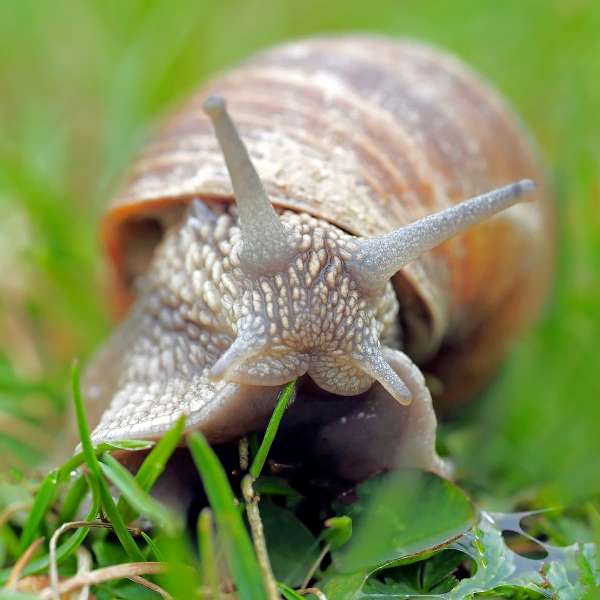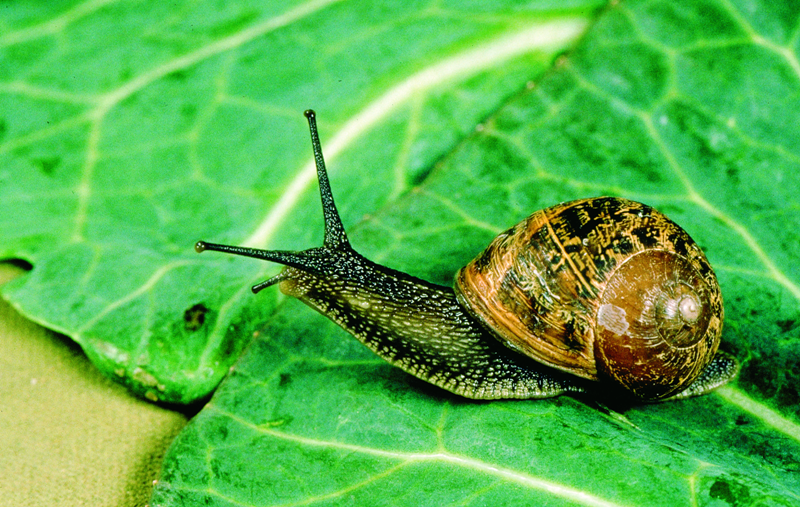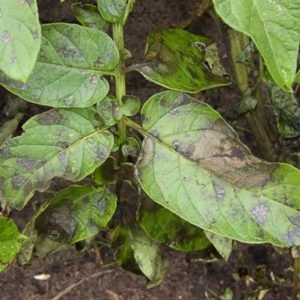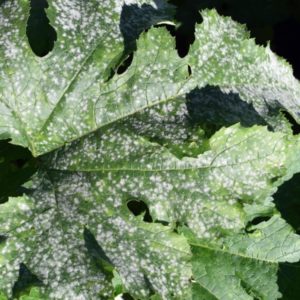When spring arrives, it’s always the same story. You walk in your garden to enjoy the reborn nature, when you discover, horrified, that the slugs (and the snails) are also out and destroy the young shoots of your plants and vegetables.
Know your enemy

The most common slugs are garden slugs ( Arion hortensis ) and large black or red slugs ( Arion ater ).
For snails, you often come across the squirrel ( Helix aspersa ) and, to a lesser extent, the white-lipped snail ( Cepaea hortensis ) or snail hedges ( Cepaea nemoralis ).
Some characteristics of slugs and snails:
- They mainly have a nocturnal activity, even diurnal in wet weather.
- To find them, just follow the traces of mucus on the ground which often lead to damp and cool areas (under stones, pots, mulch bark…).
- They generally feed on anything in contact with the ground. But they are still able to climb on your plants to find food.
Fight against slugs and snails

When you know your “enemy” better, it is easier to act. So, the first thing to do is to isolate the plant from the ground: do not leave leaves or fruits lying around when possible. The only access will then be the stem of the plant and it will be easier to protect it.
Garden auxiliaries
They will help you regulate the gastropod population. These include hedgehogs and toads, but also nematodes, a kind of microscopic worms that attack slugs.
You can find it on the market in the form of powder to be diluted in the irrigation water.
Plants are also allies
Some plants can act as a natural slug repellant: thyme, chives, fennel, comfrey, garlic, etc.
Others, like meadow chamomile, seem to attract slugs. You will be able to divert them from your cultures.
Natural barriers
To protect your plants, you can also use natural barriers to discourage slugs and snails from eating young shoots. For example, you can use the ashes from your fireplace (if you have one), the coffee grounds, the coarse sand and even eggshells. The main drawback is that the operation must be repeated at the slightest rain.
More unusual, gastropods hate crawling on copper (yes, yes!). So you can use a stripped electrical cable to create a simple and natural slug barrier.
Natural slug and snail traps
slug trap another way to fight slugs and snails is to trap them. You then have two choices:
- The gentle method consists of arranging a shelter (a tile, an upturned pot…) to allow the gastropods to come and take refuge there. During the day, you just have to keep unwanted people away in an area where they will be less annoying.
- The strong (but very effective) method of the glass of beer. Indeed, the smell of yeast attracts slugs, which fall into the glass and drown there. However, be sure to use specific containers that only leave access to slugs.




